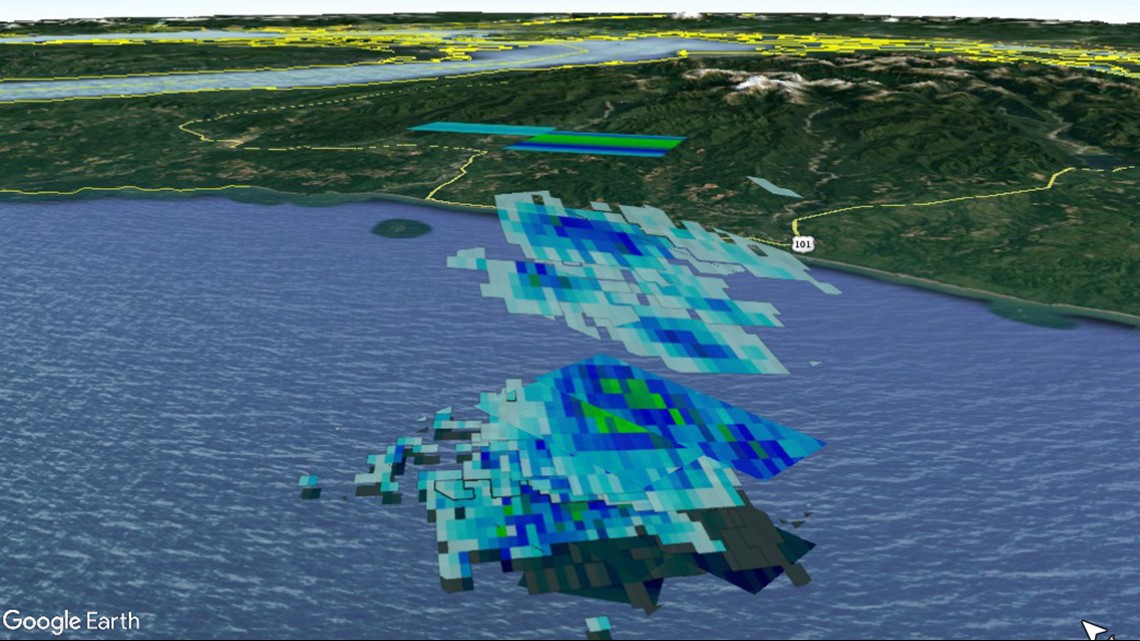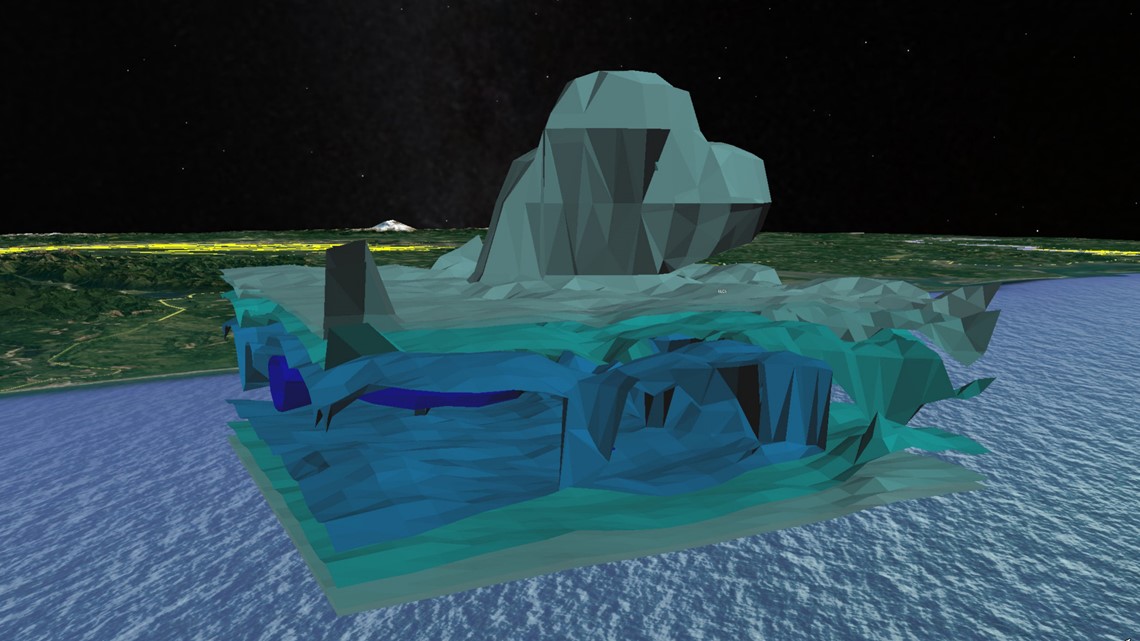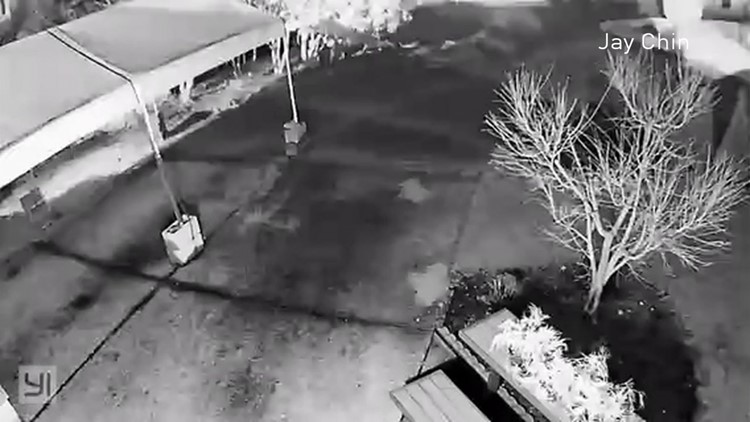Scientists spent Monday searching the ocean floor off Washington’s coast for rocks from space.
NASA and NOAA researchers worked with the Ocean Exploration Trust looking for fragments from a meteor that lit up the skies over Grays Harbor County March 7.
“This is something that’s never been done before,” said NASA scientist, Dr. Marc Fries.
“It's an expedition. A gamble. It’s a try. I certainly hope we come up with something.”
Crews did take samples from the ocean floor to be analyzed as potential meteorites.
Fries said the mission will not be a failure if the samples turn out to be from the ocean.
“It's something we can learn from, it's quite frankly, a heckuva cool adventure," he said.
The meteoroid that lit up the sky in March was a bolide meteor, which is a special type of bright meteor that explodes in a bright flash at the end. It can also result in sonic booms, which are noises that occur faster than the speed of sound, according to the American Meteor Society.
The meteor was estimated to be about the size of a golf cart and weigh two metric tons, according to Waddell. Based on calculations, scientists expect the largest fragments to measure five inches across and weigh 4.5 kilograms.
Scientists say it’s the largest meteorite fall they have tracked in 21 years of radar data.
“We’re definitely interested in it, because it’s such a rare and fascinating event, but NASA has an interest in it because of the composition,” Waddell said.
Scientists believe the meteor could have had volcanic origins on another planet.
Dr. Marc Fries, a cosmic dust curator with NASA, spearheaded the effort to track the meteorite’s trajectory on radar to where it fell in the Olympic Coast National Marine Sanctuary, which includes 3,188 square miles off the coast of the Olympic Peninsula.




The Nautilus expedition used two remotely operated vehicles to search for meteorite fragments that fell 120 feet to the continental shelf, which is mostly sand and mud. The vehicle uses several tools to search for fragments, including new technology that acts like a magnetic rake to attract metallic pieces.
Researchers believe there will be about 2.6 meteorite fragments per 10 square meters of sea floor, according to Jenny Waddell, sanctuary research coordinator at the Olympic Coast National Marine Sanctuary.
The meteorite search is part of the Nautilus’ six-month expedition to conduct ocean research from British Columbia to the Hawaiian Islands.
If crews recover any meteorite pieces, they will be transferred to the Smithsonian for scientific use.
When Fries and other researchers return, they will give two public presentations about their findings in Port Angeles and Aberdeen:
Thursday, July 5, 10-11 a.m.
Grays Harbor College
1620 Edward P Smith Drive, Aberdeen
Schermer Building, Room 4134
Thursday, July 5, 6-7 p.m.
Peninsula College
1502 East Lauridsen Boulevard, Port Angeles
Keegan Hall (M Building), Room M125



